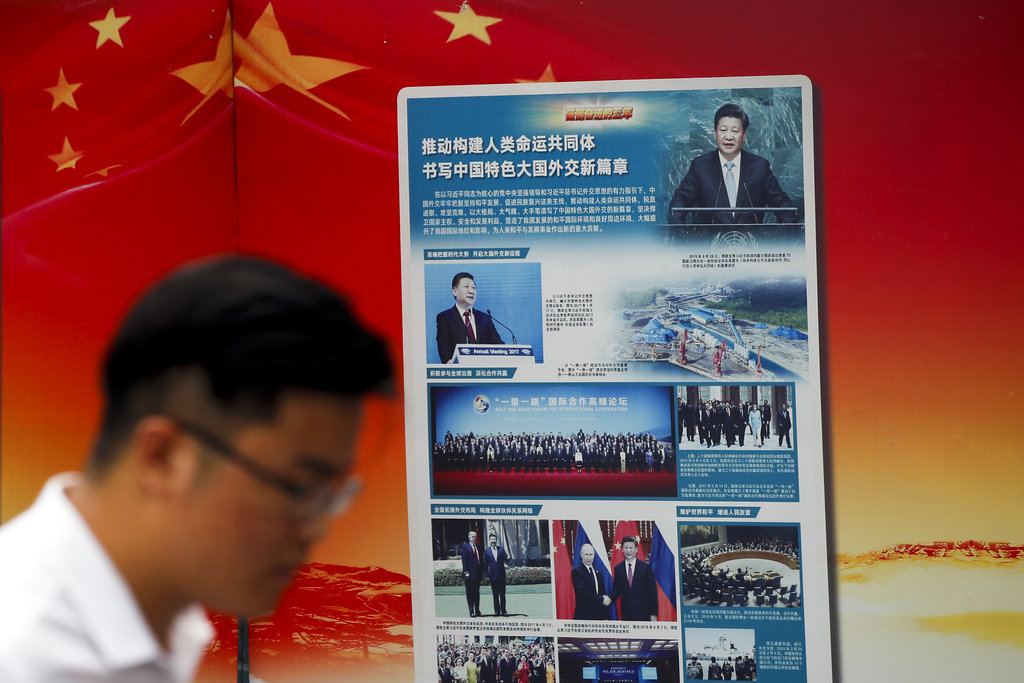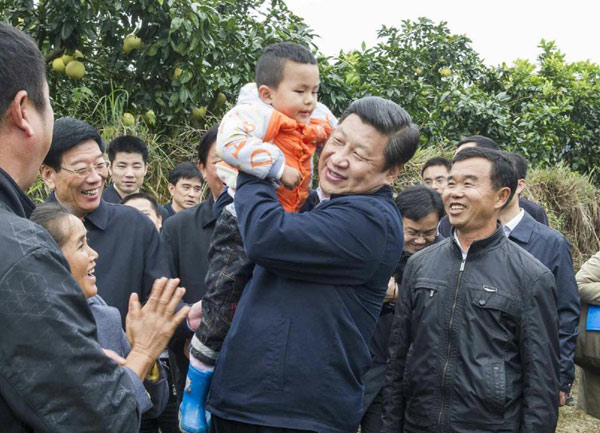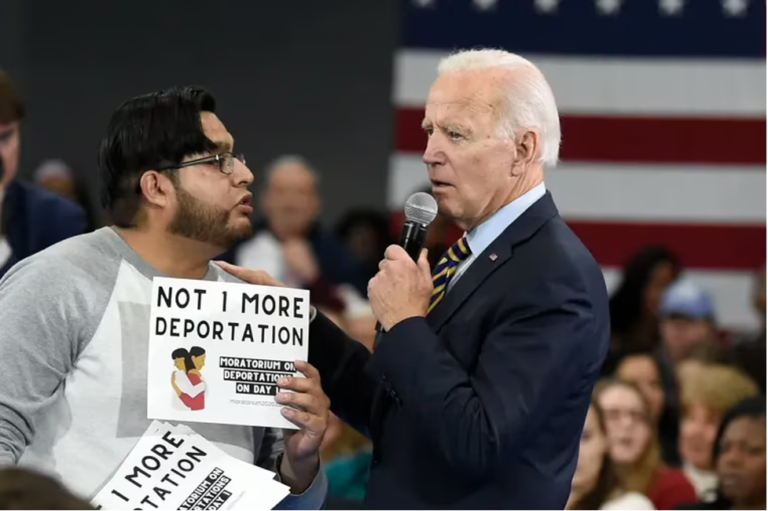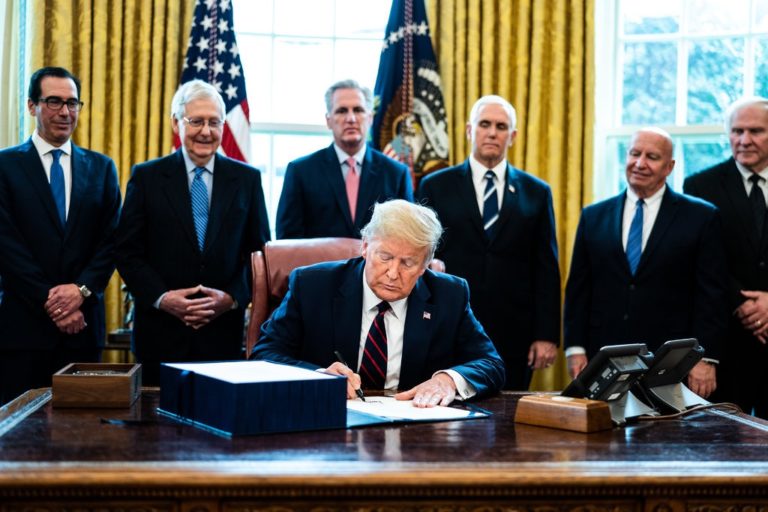
Following decades of proxy conflict, arms and space races, and ideological warfare around the globe, the power duopoly held by the U.S. and U.S.S.R. finally collapsed in 1991 with the fall of the Soviet Union. From the rubble rose the U.S. as the sole global hegemon. No one nation could match America’s geopolitical sway and control. For nearly two decades, the U.S. remained in this position, spearheading the global war on terror and promoting the Washington Consensus globally, among many other things.
This relative security at the top of the food chain remained steady until the past decade, when a new contender in the global order began to emerge. China became a burgeoning economic power by the mid-2010s, mostly due to mass exporting by exploiting its comparative advantages in labor costs, attracting immense foreign direct investment, and developing expansive internal infrastructure. From 2005 to the present, the nation has experienced immense economic growth, with its GDP standing second to only the U.S. Not only did China make serious economic gains, but it also sought to consolidate geopolitical power in the Asia-Pacific and across the globe in developing nations. Since 2008, China has used military operations and coercive diplomacy on Pacific nations and territories to stake their claim in the region with a cavalier attitude towards foreign disapproval. In 2013, they launched their expansive Belt and Road Initiative, which has sprung agreements with 150 countries and 30 international organizations to help build the infrastructure of numerous developing countries all across Africa, South America, Asia, and Europe through bilateral contracts. In order to bolster its position in the global economy, it also was a crucial piece in the formation of BRICS, a multinational economic bloc comprising Brazil, Russia, India, China, and South Africa, with China accounting for most of the growth within the group.
These developments rang alarm bells for U.S. officials, and the Obama administration wasted no time in responding to this perceived usurpation of global hegemony. While outwardly maintaining a diplomatic and economic relationship with China, the United States took preventative measures through the “rebalance to Asia-Pacific” strategy, such as stationing large amounts of military in the area, aiming to develop a China-exclusionary Trans-Pacific Partnership, and driving wedges between China and its neighbors.
These efforts did not hamper China’s economic or global political growth significantly. Still, this escalationary and suspicious behavior towards China only grew under Trump’s first term through trade wars by way of tariffs, increased power grabbing in the Asia-Pacific, cracking down on covert activities from China in the U.S., and, most notoriously, immense blame-shifting for the COVID-19 crisis in the last moments of his presidency. Biden managed to avoid these overtly aggressive tactics but still found ways to attack China’s legitimacy as a state by harping on human rights issues in the nation. Economically, Biden worked to strengthen domestic production and limit exports of certain goods to China to make the U.S. more competitive in a globalist economy.
Though China faced noticeable economic hardship and plenty of resistance to these strategies, it has remained a growing economy that has lifted 800 million people out of poverty over the last 40 years and has continued to expand its influence.
But as the U.S. enters a second Trump presidency, this saga has taken an unexpected turn. Barely a month after his inauguration, Trump made good on his promises to withdraw America from numerous global bodies — including the Paris Climate Accords, the World Health Organization, and the UN Human Rights Council — while cutting massive amounts of funding for USAID. These neo-isolationist policies have now put China in the perfect position to claim the throne and sit atop the global command.
USAID is the greatest vacuum that China has the opportunity to fill. The agency contributed $860 million to humanitarian efforts in Southeast Asia alone. Now, without the support of American dollars, the region’s leaders may look to China, which has always had a vested interest in increasing soft power in the area. China has already taken action, giving Cambodia a grant worth $4.4 million to support the removal of landmines from previous conflicts and making diplomatic assurances to Nepal that they are “willing to assist if Nepal faces challenges in humanitarian aid.”
These voids in funding created by the USAID cuts have also devastated numerous humanitarian projects in Africa. China’s Belt and Road Initiative has expanded through Africa with numerous large-scale projects. It has also acted as one of Africa’s biggest humanitarian contributors. The prospects of China co-opting influence over large swaths of Africa through aid and diplomacy stand as a real possibility in the near future. This expansion of their soft power will allow them to develop African nations while priming them to take advantage of crucial resources, primarily raw materials. This has already transpired, as seen by their vast control of cobalt production in the D.R.C., of which they control 80 percent of the output.
In the case of the W.H.O., though China has historically only contributed modest amounts, it has shown a propensity to fill in when the U.S. cuts funding, such as when China pledged an extra $30 million after Trump cut funding in 2020. Luckily, China may not even need to increase funds specifically but rather could use its soft power through the Belt and Road Initiative and through filling newly created W.H.O. vacancies from American employees with Chinese medical personnel to become the lead on foreign health policy.
Trump’s withdrawals from other organizations like the Paris Climate Accords and U.N.H.C.R. will create similar, though perhaps not as significant, vacancies in power for China to fill and assert its agenda as a nation. Whether through climate or human rights policy, China has the chance to become the leading voice on many key global issues.
The last twenty years have been marked by a substantial rise in Chinese hegemony and a U.S. response that at best has mildly stymied the nation’s progression to a global superpower. Just weeks into Trump’s second term, the U.S.’s isolationist policies have made the opportunity ripe for China to seize control of a newly emerging global order.
The Zeitgeist aims to publish ideas worth discussing. The views presented are solely those of the writer and do not necessarily reflect the views of the editorial board.



